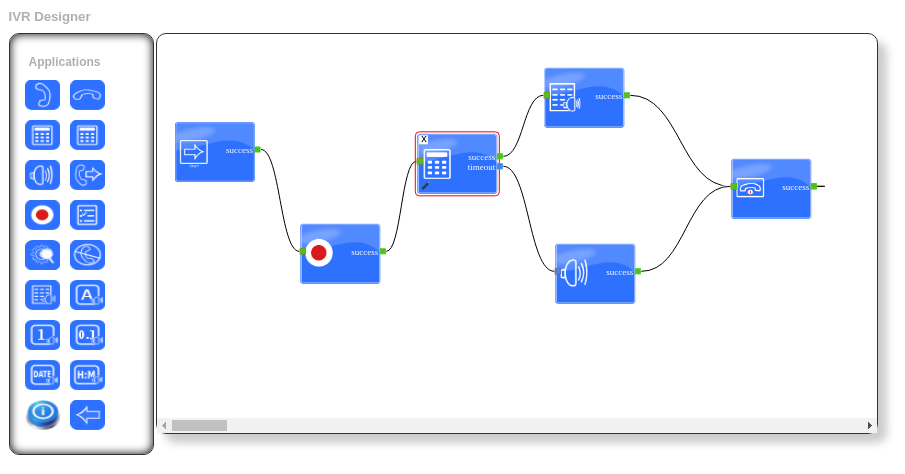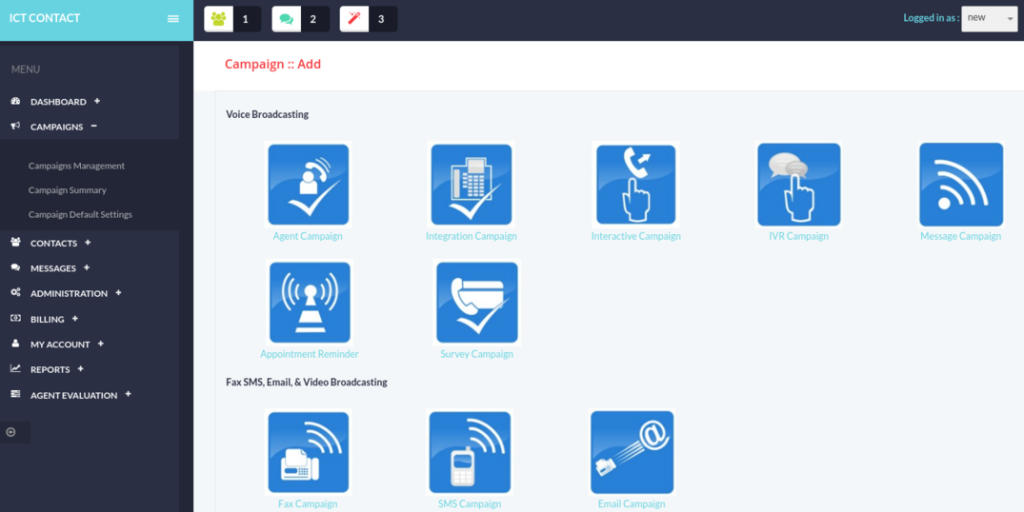In today’s fiercely competitive business environment, distinguishing oneself from rivals demands innovative strategies. Elevating customer service stands as a pivotal approach, as it involves building robust customer relationships and cultivating positive experiences.
One highly efficacious method for attaining enhanced customer service lies in embracing modern call center software. This state-of-the-art solution provides businesses with a versatile toolkit for efficiently overseeing their call center operations. By harnessing these tools, companies can raise the bar on their customer service quality, increase sales performance, and optimize overall operational efficiency.
I. Streamlined Call Routing and Management:
Streamlined call routing and management is the process of directing incoming calls to the appropriate agents or departments in the most efficient and effective manner possible. This can be done through a variety of methods, including:
Automatic call distribution (ACD):
ACD is a system that automatically routes calls to available agents based on predetermined criteria, such as the caller’s department or the nature of their inquiry.
IVR (interactive voice response):
IVR (Interactive Voice Response) is a sophisticated telephony technology that empowers callers to engage with a computerized system for self-service purposes. It offers a range of functionalities, enabling users to perform tasks like scheduling appointments, inquiring about account balances, and other related services without the need for human intervention. By utilizing IVR systems, businesses can efficiently manage incoming calls, provide timely information, and enhance customer experiences through seamless, automated interactions.

.Chatbots:
Streamlined call routing and management offer numerous advantages for businesses, leading to improved customer satisfaction, increased productivity, and reduced operational costs. By promptly and efficiently directing calls to the appropriate agents, businesses can minimize wait times, thereby enhancing customer satisfaction levels. Moreover, such streamlined processes allow agents to dedicate their efforts to handling more intricate tasks, further elevating overall service quality.
The implementation of streamlined call routing and management also brings cost-saving benefits, as it eliminates the necessity for manual call distribution. This optimization of resources leads to increased operational efficiency, ultimately translating to reduced expenses for the business.
II. Comprehensive Customer Information and Integration
One of the key features of modern call center software is its ability to integrate with various customer relationship management (CRM) systems and databases. This integration enables agents to access comprehensive customer information in real-time, empowering them to provide personalized and contextually relevant support. By having a complete view of customer history, previous interactions, and preferences, agents can deliver a more tailored and efficient service, minimizing the need for customers to repeat information and improving overall satisfaction.
III. Omnichannel Communication
In the current digital era, customers have come to anticipate smooth and integrated interactions across numerous channels, such as voice calls, emails, web chats, social media, and SMS. To meet these expectations, modern call center software is equipped with omnichannel communication capabilities, enabling agents to manage inquiries and support across various channels seamlessly from a single unified interface. This consolidation streamlines agent workflows, eliminating the need to switch between multiple applications and ensuring a consistent level of service across all communication channels.

IV. Advanced Reporting and Analytics
Productivity improvement requires data-driven decision-making. Modern call center software provides comprehensive reporting and analytics capabilities, offering valuable insights into call center performance and customer behavior. Managers can monitor key performance indicators (KPIs) such as average call duration, call abandonment rates, and agent availability, enabling them to identify bottlenecks, allocate resources effectively, and optimize operational efficiency. Furthermore, detailed analytics can uncover customer trends and patterns, helping call centers proactively address common issues, enhance training programs, and identify upselling or cross-selling opportunities.
V. Automation and Self-Service Options
Automation plays a significant role in boosting call center productivity. Modern call center software incorporates intelligent automation features such as interactive voice response (IVR) systems, chatbots, and self-service options. These technologies allow customers to resolve simple queries or perform routine tasks without agent assistance, freeing up agents to focus on more complex and critical customer issues. By automating repetitive tasks, call centers can handle a higher volume of calls and achieve faster response times, resulting in increased customer satisfaction and agent productivity.
VI. Real-Time Monitoring and Coaching
Supervisors and managers can monitor agent performance in real-time using modern call center software. They can listen to live calls, view agent screens, and provide immediate feedback or assistance when required. This real-time monitoring enables managers to identify training needs, optimize call scripts, and implement performance improvement strategies promptly. Additionally, coaching tools integrated into the software allow managers to provide ongoing training and support, enhancing agent skills and knowledge, ultimately resulting in improved productivity.
VII. Scalability and Flexibility
Modern call center software offers scalability and flexibility to meet the changing needs of businesses. As call volumes fluctuate, call centers can easily scale up or down the number of agents and resources required. Cloud-based solutions, in particular, provide on-demand scalability, enabling call centers to quickly adapt to peak periods or business expansions without the need for additional infrastructure. This scalability ensures optimal resource allocation and cost-effectiveness while maintaining high levels of productivity.
Conclusion:
In the rapidly evolving call center industry, modern call center software plays a crucial role in enhancing productivity and delivering exceptional customer experiences. By streamlining call routing, integrating customer information, supporting omnichannel communication, providing advanced reporting and analytics, enabling automation and self-service options, facilitating real-time monitoring and coaching, and offering scalability and flexibility, modern call center software empowers call centers to achieve higher efficiency, improve customer satisfaction, and drive business growth. Embracing these technological advancements can revolutionize call center operations and position businesses for success in the modern customer service landscape.
Leveraging Open Source in ICT
